Piston, Connecting Rod, and Bearing Cleaning and Inspection Connecting Rod Bearing Inspect
Connecting Rod Measurement
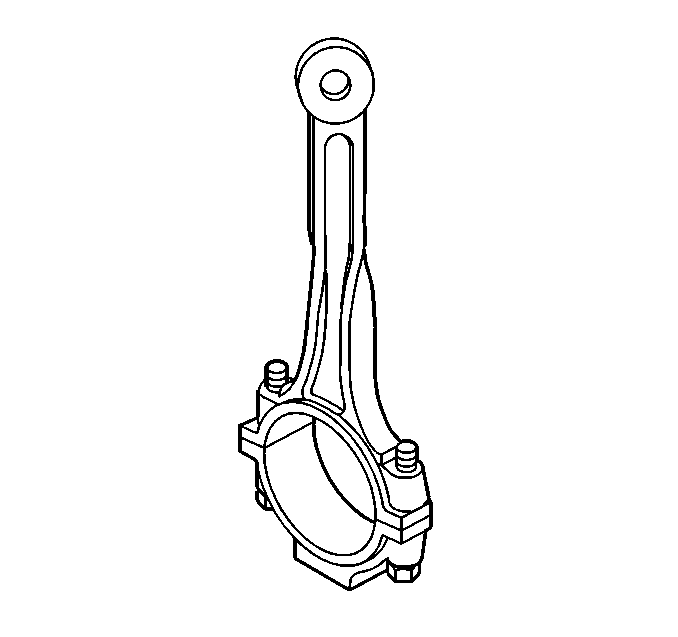
- Clean the connecting rods in solvent and dry with compressed air.
- Inspect the connecting rods for the following:
| • | Signs of being twisted, bent, nicked, or cracked |
| • | Scratches or abrasion on the rod bearing seating surface |
- If the connecting rod bores contain minor scratches or abrasions, clean the bores in a circular direction with a light emery paper. DO NOT scrape the rod or rod cap.
- Measure the piston pin to connecting rod bore using the following procedure:
| 4.1. | Using an outside micrometer, take 2 measurements of the piston pin in the area of the connecting rod contact. |
| 4.2. | Using an inside micrometer, measure the connecting rod piston pin bore. |
| 4.3. | Subtract the piston pin diameter from the piston pin bore diameter. |
| 4.4. | The clearance should not be more than 0.05 mm (0.0020 in). |
- If there is excessive clearance, replace the piston pin.
- If there is still excessive clearance, replace the connecting rod bushing.
Piston Measurement
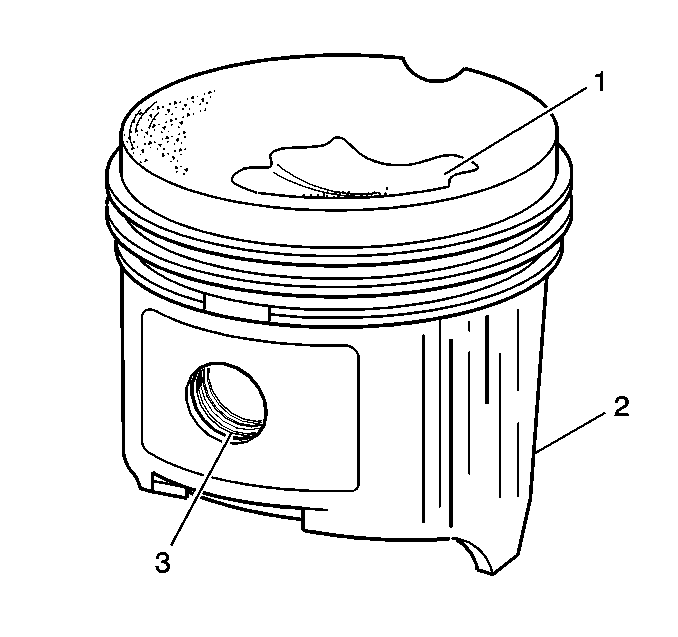
- Clean the piston skirts and the pins with a cleaning solvent. DO NOT wire brush any part of the piston.
- Clean the piston ring grooves with a groove cleaner. Make sure oil ring holes and slots are clean.
- Inspect the pistons for the following conditions:
| • | Cracked ring lands, skirts, or pin bosses |
| • | Ring grooves for nicks, burrs that may cause binding |
| • | Warped or worn ring lands |
| • | Eroded areas at the top of the piston (1) |
| • | Scuffed or damaged skirts (2) |
| • | Worn piston pin bores (3) |
- Replace pistons that show any signs or damage or excessive wear.
- Measure the piston pin bore to piston pin clearances using the following procedure:
| 5.1. | Piston pin bores and pins must be free of varnish or scuffing. |
| 5.2. | If the clearance is excessive, determine which component is out of specification. |
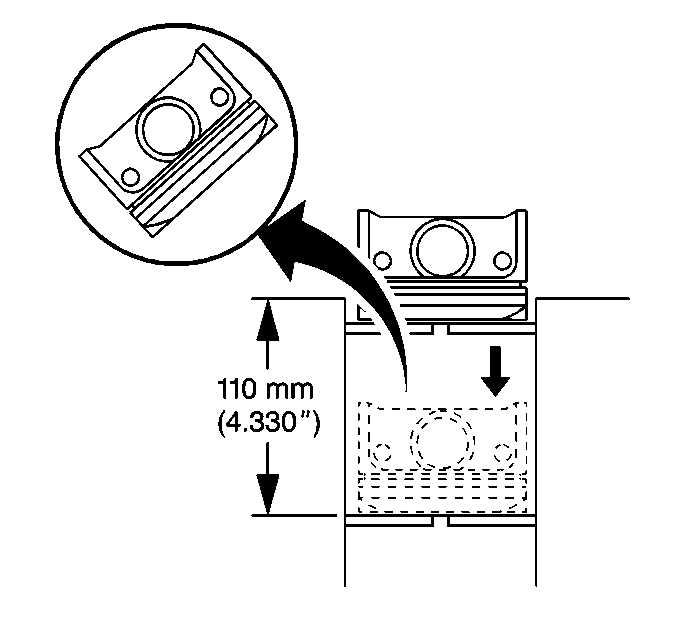
- Measure the piston ring end gap using the following procedure:
| 6.1. | Place the piston ring in the area of the bore where the piston ring will travel (approximately 110 mm (4 in) down from the deck surface). |
| 6.2. | Be sure the ring is square with the cylinder bore by positioning the ring with the piston head. |

- Measure the end gap of the piston ring with feeler gages. Compare the measurements with those provided below:
| 7.1. | The top compression ring end gap should be 0.25-0.35 mm (0.0098-0.0138 in). |
| 7.2. | The second compression ring end gap should be 0.35-0.50 mm (0.0138-0.0197 in). |
| 7.3. | The oil ring end gap should be 0.15-0.40 mm (0.0059-0.0157 in). |

- Measure the piston ring side clearance using the following procedure:
| 8.1. | Roll the top two piston rings entirely around the piston ring groove. If any binding is caused by the ring groove, dress the groove with a fine file. If any binding is caused by a distorted piston ring, replace the ring. |
| 8.2. | With the piston ring on the piston, use feeler gages to check clearance at multiple locations. |
| 8.3. | The clearance between the surface of the top piston rings and the ring land should be no greater than 0.070 mm (0.0028 in). |
| 8.4. | If the clearance is greater than specifications, replace the piston rings. |
| 8.5. | If the new ring does not reduce the top ring side clearance to 0.070 mm (0.0028 in) or less, install a new piston. |
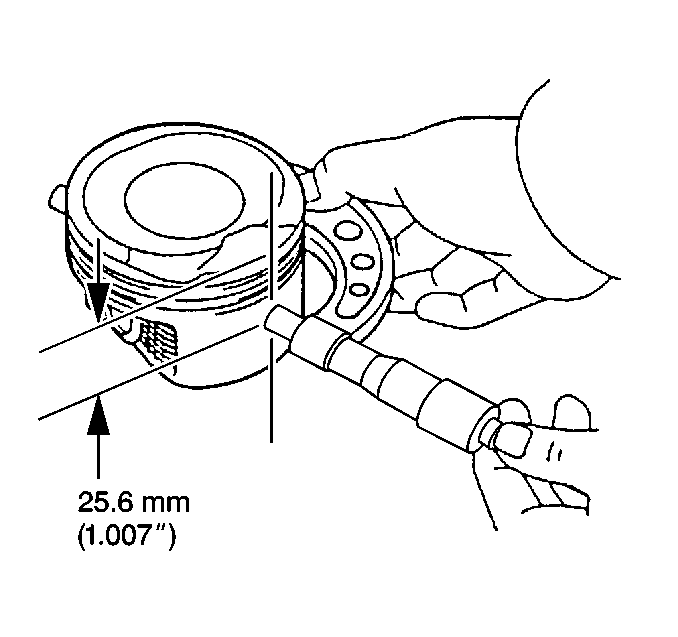
- Measure piston width using the following procedure:
| 9.1. | Using an outside micrometer, measure the width of the piston 25.6 mm (1.007 in) below the top of the piston at the thrust surface perpendicular to the centerline of the piston pin. |
| 9.2. | Compare the measurement of the piston to its original cylinder by subtracting the piston width from the cylinder diameter. |
| 9.3. | The proper clearance specification for the piston is 0.065-0.088 mm (0.0026-0.0035 in). |
- If the clearance obtained through measurement is greater than these specifications and the cylinder bores are within specification, replace the piston.
Piston, Connecting Rod, and Bearing Cleaning and Inspection Bearing Selection
Connecting Rod Bearing Selection
Tools Required
J 36660-A Torque Angle Meter
The connecting rod bearings are of the precision insert type. The connecting rod bearings are available in standard and various undersizes.
Important: If crankshaft bearing failure is due to other than normal wear, investigate the cause. Inspect the crankshaft or connecting rod bearing bores.
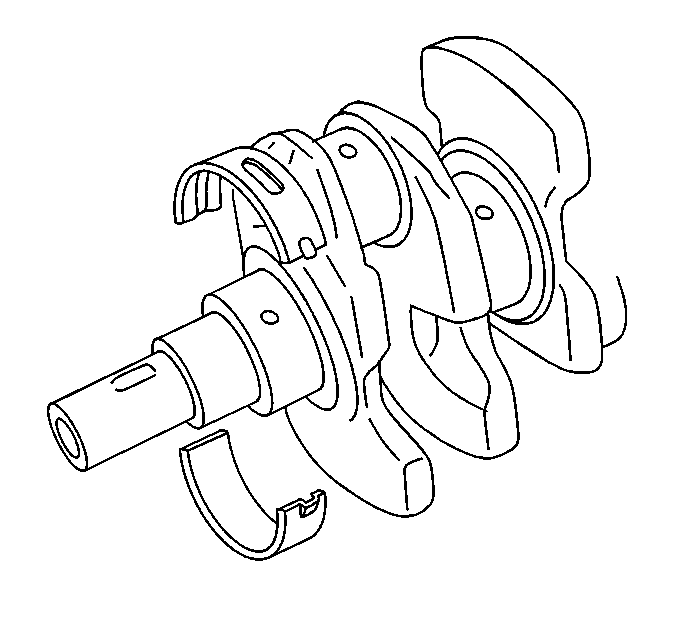
- Inspect the connecting rod bearing bores using the following procedure:
| 1.1. | Tighten the bearing cap to specification. |
| 1.2. | Measure the bearing bore for taper and out-of-round. |
| 1.3. | No taper or out-of-round should exist. |

Important: The crankshaft and the lower crankcase assembly must be installed and properly torqued before measuring the connecting rod clearances.
- Starting with the number one connecting rod, remove the connecting rod cap bolts.
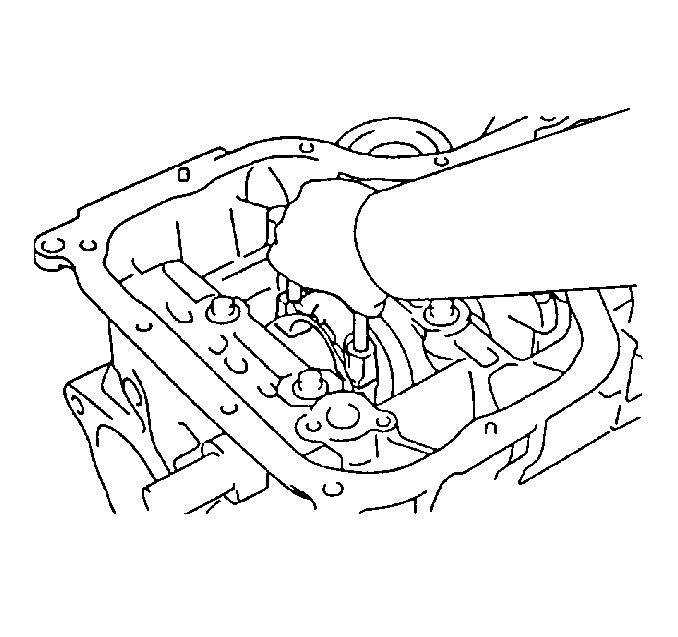
- Remove the connecting rod cap by partially reinserting the connecting rod cap bolts into the connecting rod cap and wiggle the connecting rod cap left and right.
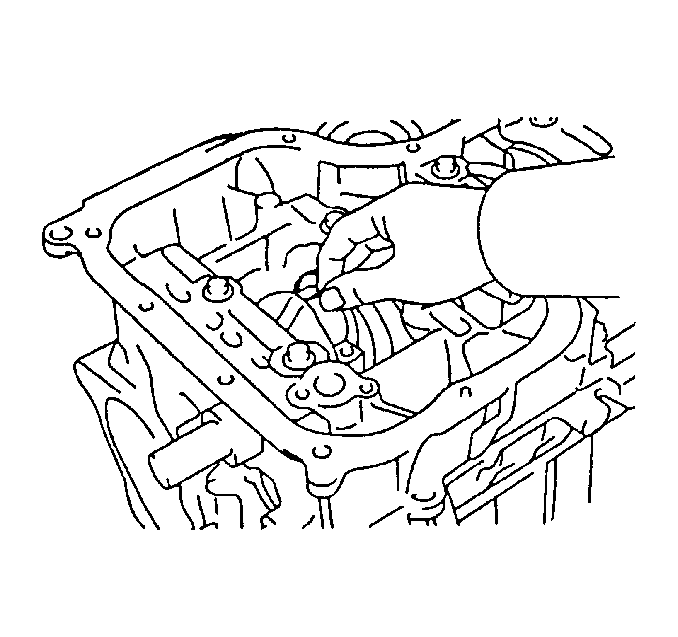
- Lay a piece of gaging plastic across the crankshaft number one connecting rod journal.
Important: Do not turn the crankshaft while measuring the bearing clearance.
- Carefully place the connecting rod cap onto the connecting rod.
Notice: Use the correct fastener in the correct location. Replacement fasteners
must be the correct part number for that application. Fasteners requiring
replacement or fasteners requiring the use of thread locking compound or sealant
are identified in the service procedure. Do not use paints, lubricants, or
corrosion inhibitors on fasteners or fastener joint surfaces unless specified.
These coatings affect fastener torque and joint clamping force and may damage
the fastener. Use the correct tightening sequence and specifications when
installing fasteners in order to avoid damage to parts and systems.
- Install the 2 connecting rod bearing cap bolts.
Tighten
Tighten the connecting rod bearing cap bolts to 20 N·m (15 lb ft), then rotate 90 degrees using the J 36660-A
.
- After reaching the proper torque, remove the 2 crankshaft connecting rod bearing cap bolts.
- Carefully remove the connecting rod cap from the connecting rod.
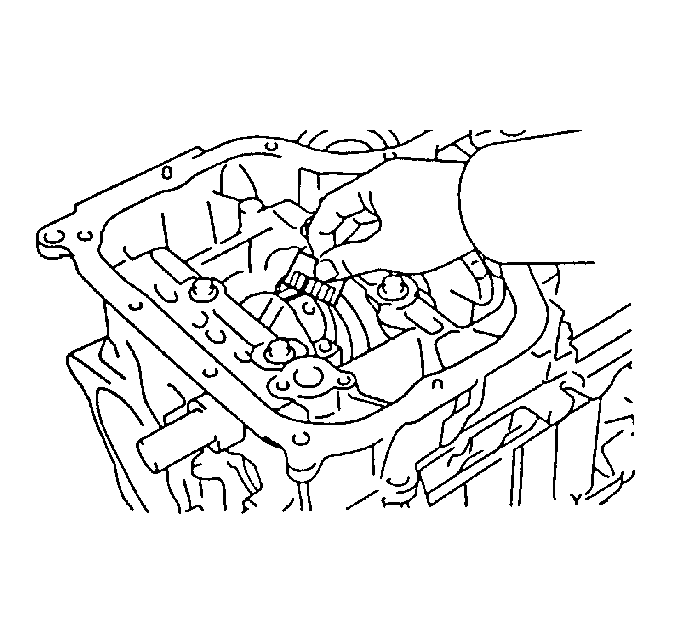
- Measure the gaging plastic at its widest point.
Standard Oil Clearance:
0.028-0.060 mm (0.0011-0.0024 in)
Maximum Oil Clearance:
0.08 mm (0.0031 in)
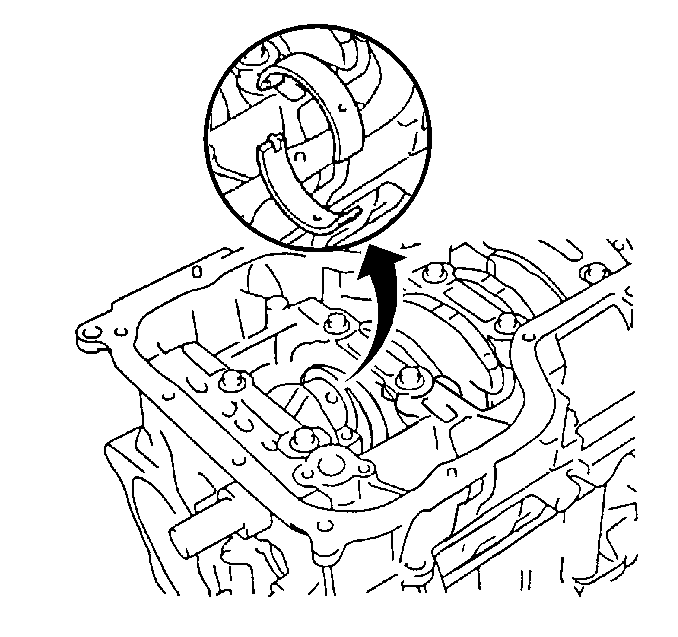
- If using a standard bearing, replace it with one having the same number. There are 3 sizes of standard bearings.












